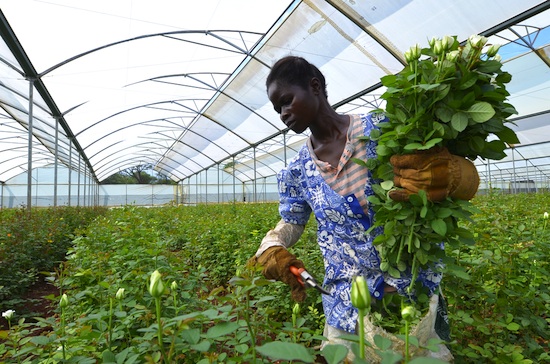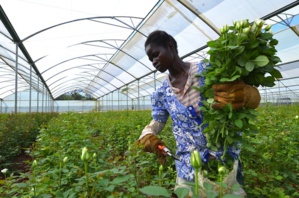Agriculture is one of the main industries in developing nations and in many an instances it is a backbone of the economy. Prevalent mostly in rural areas, the industry acts as a support base for nearly 270 million people in South Africa. Despite its prevalence and the fact that it is the populace’s main source of livelihood, it is a very fragile industry and faces a wide range of obstacles in development challenges.
Challenges Ahead
In South Africa, the agricultural sector is typically dominated by the cultivation of various crops. Although the incidence of bringing up livestock is an option, it is not as prevalent as the cultivation of crops.
The industry is normally rain fed and although it is the major industry in South Africa, it is made up of numerous small land holders who typically face enormous challenges in trying to commercialize and transform their business and make it more economic and competitive. Due to their inability to do so, there have been multiple instances of acute shortages in food supply, which sadly has turned chronic.
In order to overcome these challenges, the Food and Agriculture Organization (FAO), called a three day meeting in Durban so as to focus on building broad based partnerships which would build synergies which in turn would provide the country with efficient and effective support and revolutionize the agricultural sector.
Challenges Ahead
In South Africa, the agricultural sector is typically dominated by the cultivation of various crops. Although the incidence of bringing up livestock is an option, it is not as prevalent as the cultivation of crops.
The industry is normally rain fed and although it is the major industry in South Africa, it is made up of numerous small land holders who typically face enormous challenges in trying to commercialize and transform their business and make it more economic and competitive. Due to their inability to do so, there have been multiple instances of acute shortages in food supply, which sadly has turned chronic.
In order to overcome these challenges, the Food and Agriculture Organization (FAO), called a three day meeting in Durban so as to focus on building broad based partnerships which would build synergies which in turn would provide the country with efficient and effective support and revolutionize the agricultural sector.
“Achieving food and nutrition security in Southern Africa is a challenge far too great for any government or FAO to overcome alone, .... governments of developing and developed countries, the civil society, private sector and international development agencies must be involved. Above all, the people themselves need to be empowered to manage their own development,” said David Phiri, Sub-Regional Coordinator of FAO.
A high-tech approach
The meeting included field visits to study best practices prevalent in the agricultural sector. One such visit was to the Dube AgriZone facility – an advanced agricultural development pioneered by the KwaZulu-Natal Provincial Government, which aims to address and surpass the problems of Natal’s perishable sector, achieve higher agricultural yields, bring about consistency quality, improved disease and pest management and bring about year-round production of crops.
Strategically located around 30km north of Durban, it encompasses a massive 16 hectares of greenhouses, which makes it the largest facility in South Africa which follows climate controlled agricultural practices. Its prime focus is the production of vegetables of cut flowers which have a short shelf life. It targets both the domestic market as well as the export sector.
The facility has an integrated packing and distribution center as well. It also supports a nursery and a sophisticated lab for plant tissue culture. Solar powered, the facility has adopted techniques used green architecture such as rainwater harvesting and on-site waste management. It also promotes the growth and harvest of indigenous plants.
“This high-tech facility with all the necessary facilities – including transportation and freight – has allowed us to concentrate on producing cucumbers at much lower costs than in other locations where we had previously tried. I could never have been able put up such a facility and produce at the current scale were it not for this innovative AgriZone,” said Derrick Baird, who owns Qutom Farms.
A success story
This partnership between a company in the private sector with that of a provincial government which has produced this success story has been hailed as an example which offers many a clue as to the potential of smart agriculture that can be achieved in South Africa.
“There is plenty we can learn from this facility and perhaps one of the more important ones is on forming partnerships and alliances. We need to build on what is working by adopting and adapting technologies to the local situation, and then scaling them upwards and outwards to achieve even better results,” said Tobias Takavarasha, FAO’s representative in South Africa.






